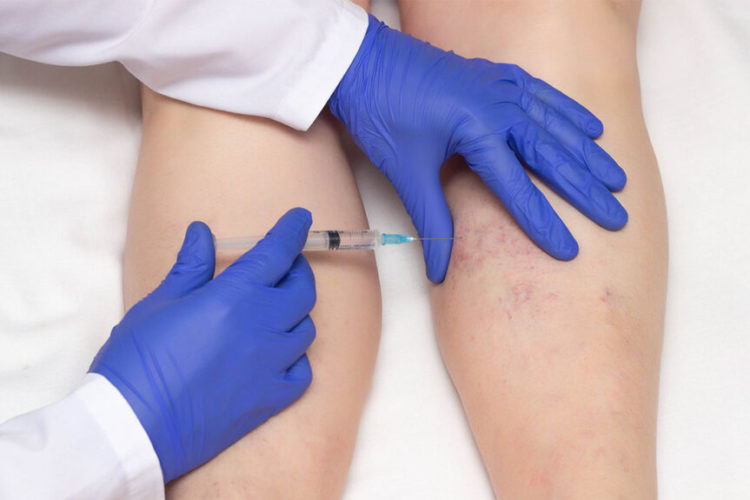Sclerotherapy is a procedure designed to treat varicose veins and spider veins. Varicose veins appear twisted and enlarged. The condition usually causes no harm and is generally a cosmetic concern. However, in some cases where a patient suffers from varicose veins for a long time, they might suffer from pain, weakness, numbness, and more.
When patients suffer from pain and other problems due to varicose veins or spider veins, they might consider sclerotherapy. However, not everyone is eligible for sclerotherapy, and the center of spider vein treatment in South Carolina can help you understand whether you are a good candidate for sclerotherapy or not.
Why should you opt for sclerotherapy?
Sclerotherapy is an effective and minimally invasive procedure that effectively treats small varicose veins and spider veins. Moreover, the procedure does not involve surgery, so the risk of side effects and possible complications is minimum.
Who is a good candidate for sclerotherapy?
Any patient who does not have complications related to blood clots can opt for sclerotherapy. However, the patient should be between 20-80 years old. Pregnant women or women who are breastfeeding are not considered eligible for sclerotherapy.
One must understand that every procedure designed to treat issues related to veins may not be applicable for them. Certain health conditions like diabetes or hypertension may not allow the patient to opt for a procedure. However, a doctor can help patients understand which procedure will give them the best results with minimum side effects and complications.
What to do after sclerotherapy to get the best results?
Following the advice of your physician is the best way to get the best results after sclerotherapy. Moreover, following a few essential tips can highly increase your chances of getting great results in less time.
- Compression stocking.
The physician may advise a patient to wear compression stockings up to two weeks after the treatment. The patient is not supposed to wear compression stockings while sleeping.
- Avoid strenuous exercise.
The patient is asked to avoid physical load up to one week after the treatment.
- Take medication.
Anti Inflammatory drugs are prescribed after sclerotherapy. The dosage and period of medication should be followed as per the physician.
- Avoid exposure to sunlight.
Ultraviolet radiation after sclerotherapy can lead to hyperpigmentation. It is advised to avoid exposing the treated area to sunlight up to one month after the sclerotherapy.
- Keep moving.
The patient must keep moving to avoid the formation of blood clots. Moreover, moving can help prevent chances of varicose veins in the future.


